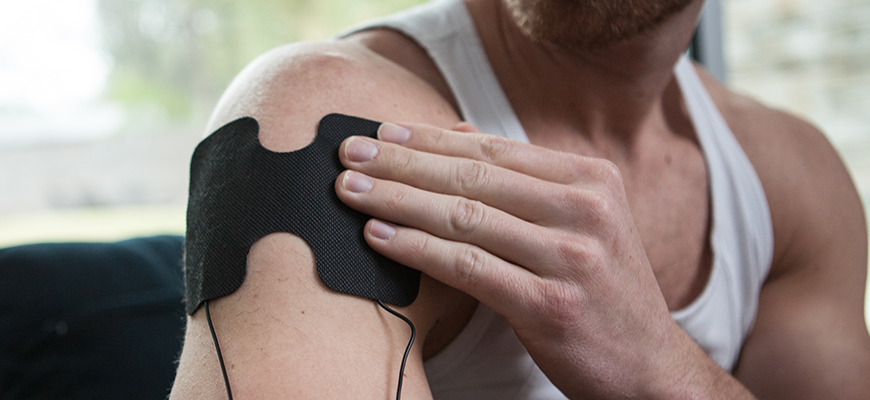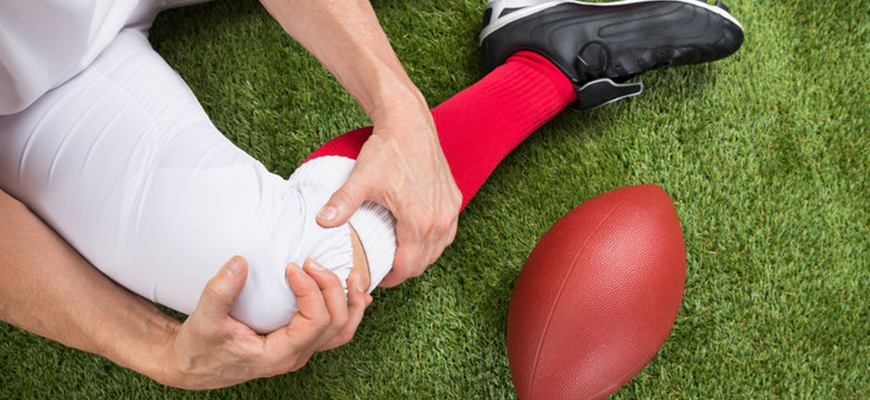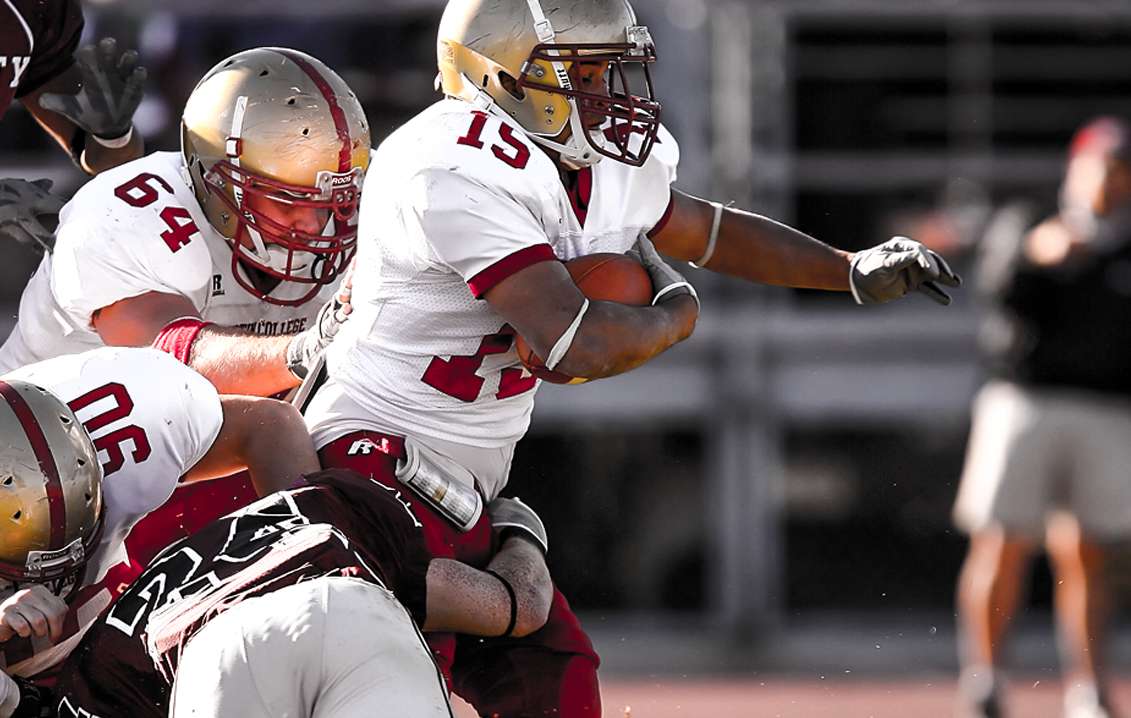Remember in school when it was time for recess and you couldn’t wait to run outside? Maybe you’d sprint right up to the grassy field and dive right into a game. Perhaps it was football, soccer, kickball or whatever struck your fancy. Remember twisting your ankle, too? That happens a lot when we ask our bodies to perform athletically without warming them up first. This is one way of getting injured when playing football, which has the highest risk of injury of all popular sports. However, thanks to the increasing availability of home-use devices, you can use electrotherapy for football injuries before and after play.
EMS Used as a Warm-Up
It’s easy to tear, sprain and strain when the body isn’t warmed up. In football, the hamstrings are prone to tears. These leg muscles are used when running, and sprinting in particular. Proper stretches and conditioning should be used to ensure that the legs are sufficiently warmed up. One type of electrotherapy, called EMS (electrical muscle stimulation), can also be applied to muscles, such as the hamstrings, to help with warm up. EMS sends electrical impulses to stimulate the muscles, thus strengthening and increasing blood flow.

EMS Used as a Recovery Device
Not only does EMS help prevent, but it helps treat. You can use electrotherapy for football injuries after the fact to expedite recovery. Anti-inflammatories such as ibuprofen are known to cause nausea, fatigue, dizziness, headaches and other minor side effects. Over-the-counter pills can also pose major threats to health with continuing use. Athletes in particular should avoid using anti-inflammatories, as they actually hinder muscle growth. EMS, however, helps muscles to push through recovery and come out stronger on the other side.
Football Injuries
All of the heavy impact in football lends itself to additional types of injuries. A tackle to the front or the rear might result in an ACL or MCL tear. The ACL is the anterior cruciate ligament in the knee. The MCL is the medial collateral ligament. These tissues connect the thigh bones to the shin bones. The ACL or the MCL may tear if one gets hit very hard on the side of the knee. Football players are also prone to tearing the meniscus, the cartilage that provides padding for the knee. A torn meniscus can occur from rotating and twisting the knee beyond its limit. This means that all of the pivoting from a football game, if not done carefully, has the potential to tear this cartilage.

How TENS Can Treat Football Injuries
For knee injuries such as these, TENS therapy can be applied. TENS (transcutaneous electrical nerve stimulation) treats pain noninvasively by sending electrical impulses to the nerve endings. These impulses stop the pain signals from traveling to the brain. Using this electrotherapy for football injuries is, again, an optimum alternative to over-the-counter anti-inflammatories. TENS is also known to release endorphins, which are the body’s natural painkillers. You can use TENS on any injured or strained muscle and joint. Whether it’s tendonitis in the shoulder from the repetitive motion of throwing, or a sprained ankle from running and pivoting, electrotherapy is an effective and beneficial treatment option for football related injuries.

















